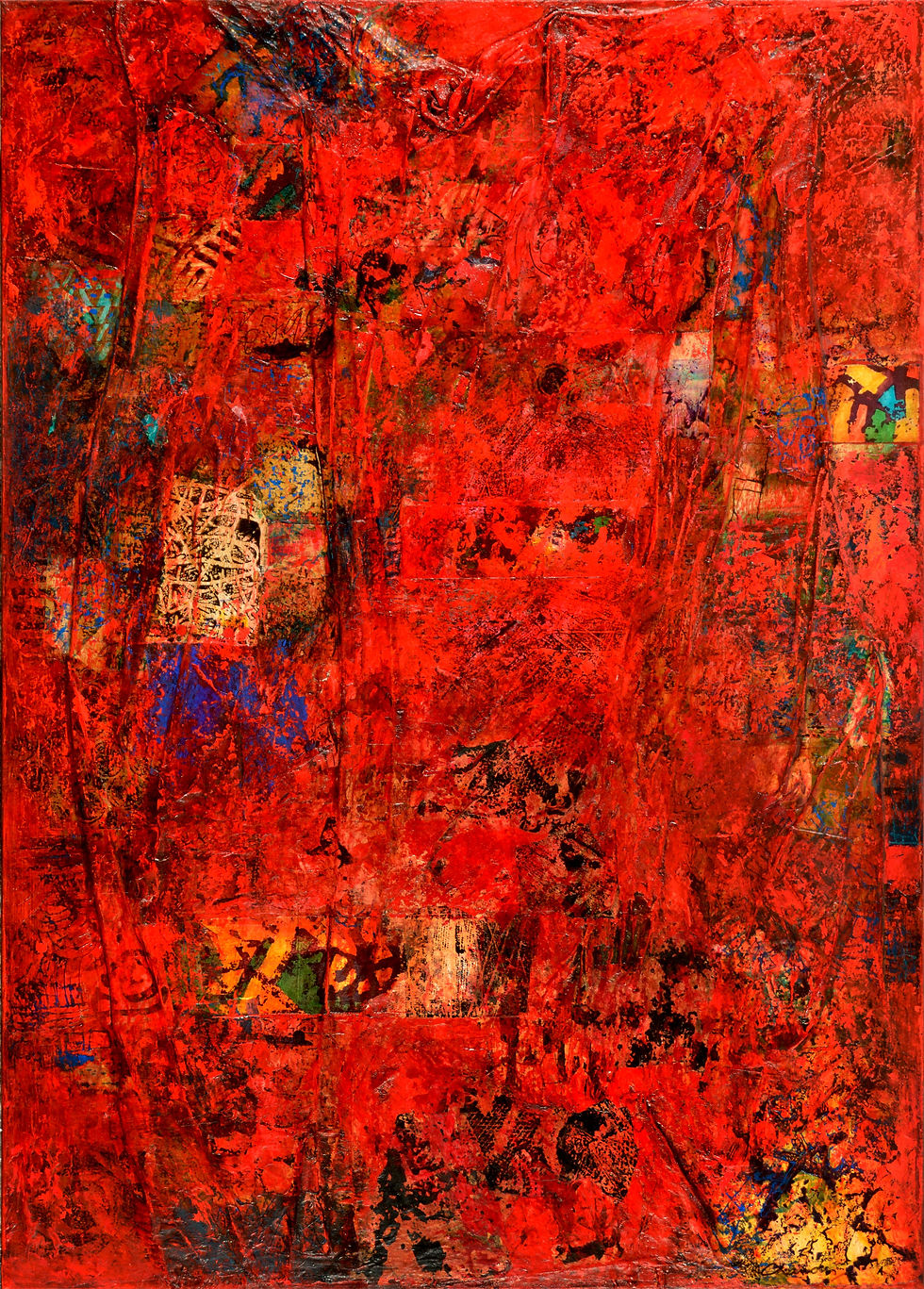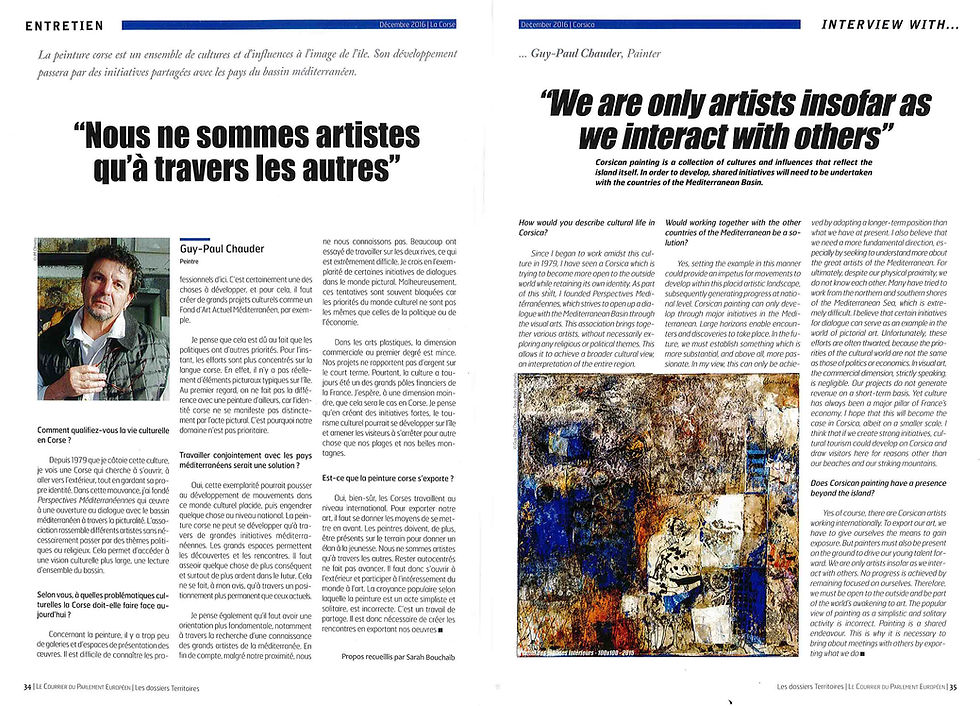Bora Bora Pottery - Myriama Prokop.
- toby joseph rydge

- Oct 3, 2020
- 3 min read
At the inauguration of Myriama PROKOP POTERIE on Bora Bora, one of the island’s leading personalities said: “I feel great tenderness in her designs, something absolutely necessary in this world of brute strength. The Lord has been generous; Bora Bora is & will always be a product of exceptional luxury where Myriama Prokop has merited her place. Bora Bora is proud the attract & accompany the very best who radiate the luminary image of this island”.

Myriama Prokop grew up in Papeete at a time where the pace of life was very much that about which legends are written & Hollywood block-busters are made. Her father was Czechoslovakian – could the fact that the oldest known pieces of pottery (around 29,000 BC) were found in the Czech Republic explain Myriama’s passion for pottery – a professor of music who had spent 15 years at the Conservatory of Music in Vienna; her mother a beautiful Tahitian girl with long flowing black hair who came from Tahaa. It was very much the “Von Trapp” family of Tahiti, a gifted family of seven playing music regularly at the then leper colony, the hospital, the maternity ward & of course annually at the mid-night Mass for Christmas at Papeete Cathedral. It groomed their minds for matters artistic.
A role in Marlon Brando’s Mutiny on The Bounty then literally ‘discovered’ whilst making shell leis by Jean-Francois Devay, the founder of the “Minute” newspaper. At the tender age of 16 & chaperoned by the famous explorer & ethnologist Paul-Emile Victor, Myriama would head to Paris with a modelling contract with legendary couturier Jacques Esterell.
Nights at the Lido with the likes of Roger Vadim was not her style & she returned to Tahiti, where she would follow in the footsteps of her elder brother who had been elected Tane Tahiti when she herself was crowned Miss Tiurai.
Her dream since early childhood to live in Japan would soon be realised & it was here that Myriama would encounter the colour-filled Imari pottery. Myriama was mesmorised by the colour & taken by the way pottery gave an insight into the past – past cultures, their organisation, economic conditions, day to day life, their religious beliefs & social relationships.
Some years later, well 30 years ago, now with her own family of four, she would re-embark on her love of pottery studying ceramics in Sydney, then setting up a studio at her home & giving numerous exhibitions. Herewith some hand-made pieces:
The call of Tahiti is strong & she would return to her beloved islands & pioneer the introduction of pottery there in opening a major pottery centre at Vairao – not far from the legendary surf of Teahupoo – making slip-cast ware from moulds. The vibrant colours of her works were an instant success. Televison appearances, newspaper & magazine articles & several major exhibitions a year. Large personalised collections were made for various individuals & several Town Halls (every piece is an original; there are no two pieces alike):
The romance continued until in 2008 she moved to live for 3 years in Chaing Mai, Thailand & then a year in Da Nang in Vietnam. In Chaing Mai Myriama would study pottery & textiles at Rajamangala University whilst working at a major producer of Celadon pottery. It gave her the chance to develop her skill for hand-made pottery & to have access to some of Thailand’s greatest potters of the time. In Vietnam she lived beachside at only a stones-throw from the renowned artisanal village of Hoi An.
A visit to Australia at the end of 2013, she would prepare a Christmas Collection before returning home to live in Bora Bora. A new 750kg kiln was installed & Myriama PROKOP POTERIE was born again………with Myriama’s usual flair that extends far beyond just the pottery:
There’s something inspirational about pottery in that the end product only reflects what has passed before. Pottery demands great rigour; every step must be done perfectly as any lapse in one’s attention to detail will alawys be visible in the end product – it’s a great teacher for the demands of life.



Comments